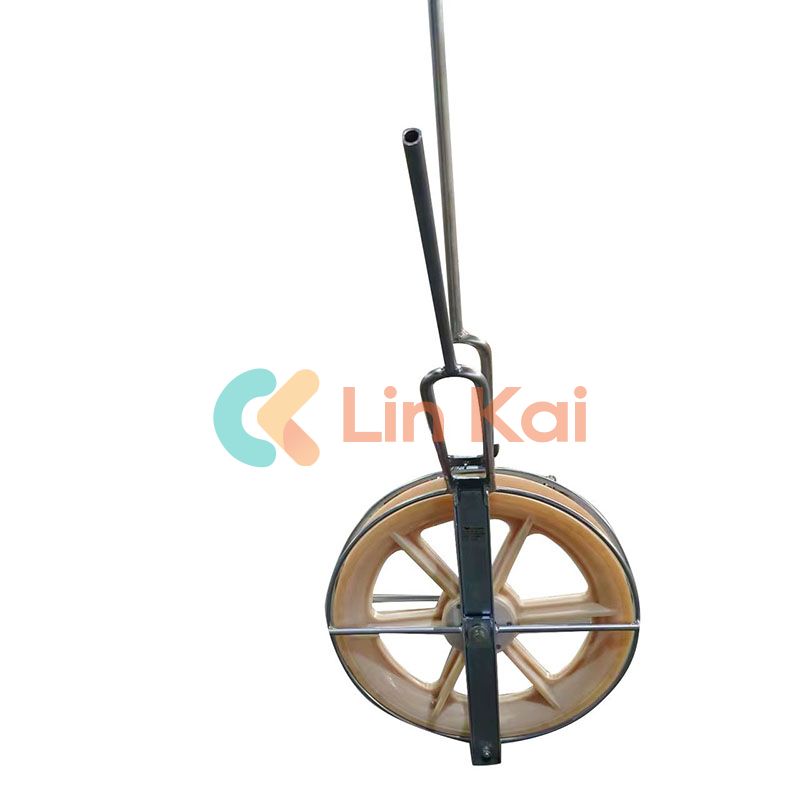How does pulley size in Stringing Blocks affect cable handling?
2025-01-14
Stringing blocks are essential tools in cable installation, particularly in power line construction, where they facilitate the smooth handling of conductors and cables. One critical aspect of their design is the size of the pulley, which directly impacts cable handling. Here's how pulley size influences the process:
1. Reduces Cable Stress
- Larger Pulley Diameter:
- Distributes the bending stress over a greater area, reducing the likelihood of kinking, flattening, or damaging the cable.
- Ideal for handling larger, more rigid cables or conductors.
- Smaller Pulley Diameter:
- Causes tighter bends, increasing the stress on the cable, which can lead to structural damage or reduced performance.
- Suitable for lightweight or more flexible cables.
2. Enhances Cable Lifespan
- Using appropriately sized pulleys minimizes mechanical wear and tear during the stringing process. Larger pulleys reduce the sharp bending radius, preserving the cable's internal structure and insulation.

3. Improves Tension Control
- Larger Pulleys:
- Provide better tension management by allowing the cable to glide smoothly over the surface.
- Particularly beneficial in high-tension stringing operations like power transmission lines.
- Smaller Pulleys:
- May create more friction and uneven tension, which could cause sagging or uneven installation.
4. Facilitates Specific Applications
- Large Diameter Pulleys:
- Recommended for heavy-duty cables, such as transmission lines and bundled conductors.
- Accommodates cables with larger diameters without risking deformation.
- Small Diameter Pulleys:
- Useful in compact or constrained environments, such as urban utility projects or for lightweight cables.
5. Reduces Friction and Drag
- Larger pulleys have gentler angles and smoother rolling action, reducing friction between the cable and the block. This ensures that the pulling force is consistent and minimizes the risk of damage during installation.
Selecting the Right Pulley Size
When choosing stringing blocks, consider:
1. Cable Diameter: Match the pulley size to the cable’s diameter to prevent deformation.
2. Weight and Tension: Heavier cables require larger pulleys for optimal tension management.
3. Application Environment: Evaluate the physical constraints and installation requirements.
Conclusion
The size of the pulley in stringing blocks significantly influences cable handling by affecting stress distribution, friction, and overall tension control. Selecting the appropriate pulley size ensures smooth operation, protects the cable’s integrity, and enhances the efficiency of installation. Always consult manufacturer specifications and industry standards when determining the ideal pulley size for your application.


